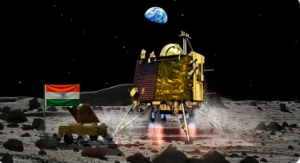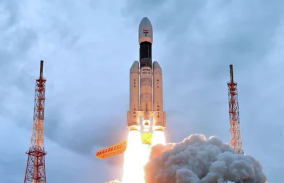With the growth in mobility and increasing FASTag
adoption, the toll collection through the digital toll collection system has
crossed the Rs 4,000 mark for the first time. In March, toll collection from
FASTag stood at RS 4,095 crore, the highest since the introduction of the
system in 2016.
With March records announced, highway toll collections
through FASTag for the full fiscal year stood at Rs 38,084 crore, which is 68%
higher than the previous year. The collection for March was nearly 33% higher
than the corresponding month last year.
Also Read | Sri Lanka hikes interest rates by 700 basis points to tackle inflation amid economic crisis
About one-third of the toll revenue came in the last
quarter of the fiscal year. Sequentially, toll collections through the platform
surged almost 13% over February. More than 27 crores FASTag transactions were
recorded in the month with the system hitting almost 5 crore tag issuances,
according to the data by the National Payments Corporation of India (NPCI).
Also Read | An unstable Pakistan is good news for none
In February 2021, the central government declared all
lanes of fee plazas on national highways as FASTag lanes. Nitin Gadkari, Union
Minister for road transport and highways, earlier said that FASTag adoption in
passenger vehicles had reached 97% and the ministry is working to identify
causes for non-adoption among the remaining highway commuters.
Giridhar Aramane, the ministry’s secretary, has also said
the department is targeting a toll revenue collection of over Rs 35,000 crore
in 2022-23, with a medium-term goal of half a trillion rupees by 2025.
Also Read | India okays COVID booster for all adults from Sunday: All you need to know
Recently, the
National Highways Authority of India (NHAI) also increased the toll rate for
2022-23. Toll rates are associated with the Wholesale Price Index (WPI), which
has remained at higher levels. The key economic indicator has seen double-digit
percentage growth since April 2021. Wholesale inflation in February stood at
13.11%.






